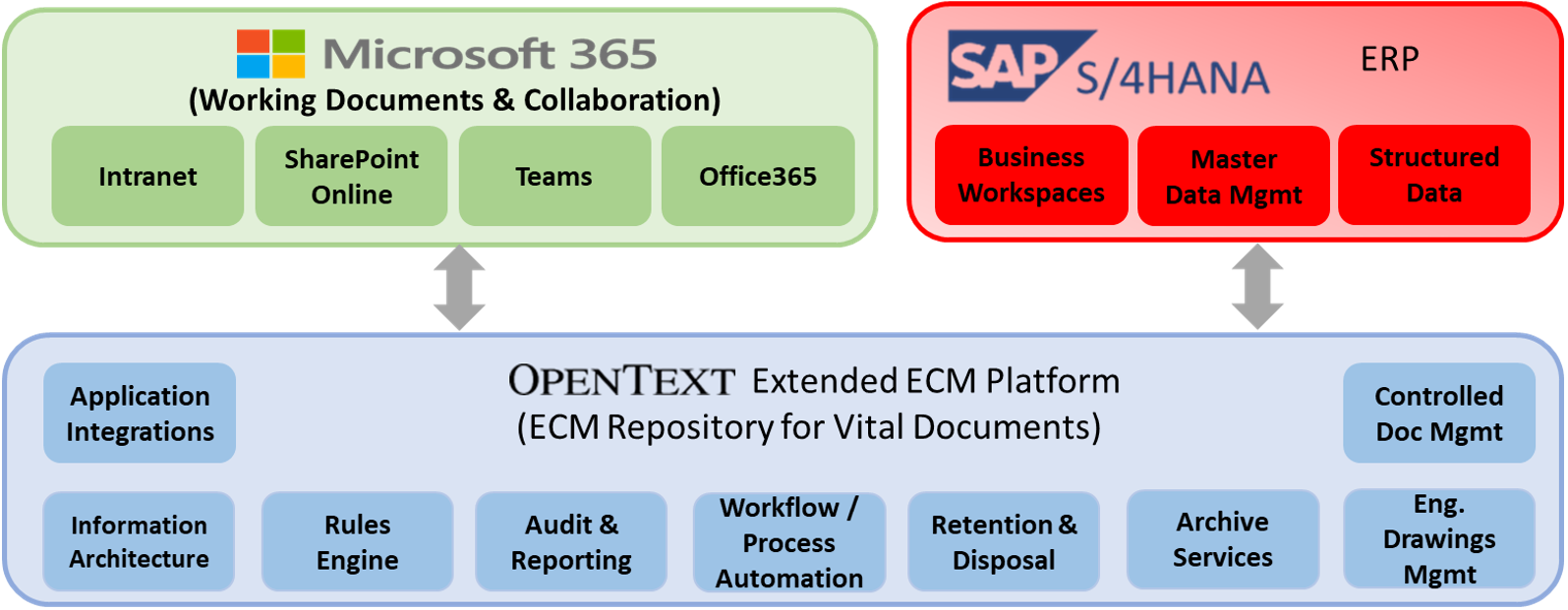Continue reading of some examples where Astral has provided value to Mining organisations, through Enterprise Information Management solutions by clicking on the links below.
Links
- Astral Use Case – EIM Value – Mining Sector – Astral
- Value Case 1: Global Oil & Gas Exploration Organisation – Astral
- Value Case 2: Global Mining Organisation – Astral
- Value Case 3: Global Mining Services Organisation – Astral
Introduction
This client has multiple mining operations located in Australia and throughout Asia. With a large portfolio of advanced and early-stage exploration projects through Australia, Asia and North America. Their business strategy is growth through acquisition with plans to rapidly grow and build on their foundation infrastructure, leveraging economies of scale.
Astral were engaged to streamline business processes and information practices to leverage the value of the information across the business. The customer faced the challenge of managing documents and consolidating disparate systems from multiple locations from around the world. The response was to implement a centralised solution to drive efficiencies through common process across group functions and mine sites to enable centralised governance and content reuse across all locations.
The Business Challenges
The challenges were:
- Inefficiencies in searching for information which may have been stored as multiple copies or be out-of-date.
- Difficulty in discovering vital documents.
- Difficulty in proving compliance with industry standards.
- Poor collaboration between staff at different sites and with external parties.
- Over-retention of information raising the risks of injury to staff working to out-of-date operating Instructions.
- No integrated document repository and poor information discovery.
- Lack of content reuse with content was being recreated at each site.
- Inefficiencies in the management and governance of vital information across the sites
The Business Solution
An OpenText extended ECM platform was implemented which provided the document repository for vital documents (i.e. business critical documents, engineering drawings and controlled documents) across all sites. The ECM platform contained the advanced document management functionality to manage the full lifecycle of all business documents.
Their SharePoint solution underwent a complete rebuild to start leveraging MS 365 capability to provide a better collaboration platform for low-risk, short-term documents, and to be a portal to all web-based systems. Integration with the underlying ECM provided user friendly portal into the ECM to provide required user enablement and uptake of the critical system.

Through these native integrations, the ECM platform enabled vital documents to be surfaced in the applications that end users are familiar with and where they need to do their work, such as Microsoft 365 and SAP. This approach ensures the integrity of the document is maintained as it resides under the control of the vital document repository which drives compliance with security, retention and other legal obligations across the relevant jurisdictions for the organisation.
The Business Benefits
This solution was implemented across all business areas. It aligned tightly with the Enterprise SAP solution, storing all SAP documents in the OT Content Server and also integrating with Microsoft SharePoint. Meaning content could be accessed from the SAP Transaction, directly from an OT driven process, such as the Controlled Document Process, or be accessed from the Enterprise Portal (SharePoint) via an Enterprise Search and other mechanisms.
The business outcome being the right information, in the correct language and location was available for the business process being undertaken anywhere globally.
Where having the Business Process and Taxonomy aligned created a natural parallel for business users. The structure allowing for logical support of business process related workspaces, avoiding confusion whilst creating efficiencies.
Greatest Business Benefits of integrating ECM with Business Processes:
- Productivity benefits of linking documents and transaction workflows.
- Knowledge-sharing benefits of universal staff access to information.
- Compliance benefit of consistent records management across all data.
- Higher level of quality, less mistakes from manual cross-reference.
- Improved storage management and resilience.
- Commercial/strategic benefit of combined access to structured and unstructured data.
Resulting Business Efficiency Improvements:
- Reduce cost and rework by being able to find business documents.
- Easier processes for sharing information with whoever needs it.
- Well managed information retention.
- Access from any location – mobile and offline access to information.
- Allows roles to be located wherever appropriate for business operations.
- Avoids costs associated to not meeting ISO accreditations.
- Mitigates risk of e-discovery as information is managed and disposed.
- Removes the need to recreate drawings because of missing or obsolete drawings.
- Able to meet compliance, regulatory and company listing obligations as the right information is retained and managed.
Simplification of IM Applications:
- Consolidation on to 1 Intranet solution.
- Reduction from 4 to 2 Document Control systems.
Removal of a variety of unauthorised/uncontrolled collaboration tools.
